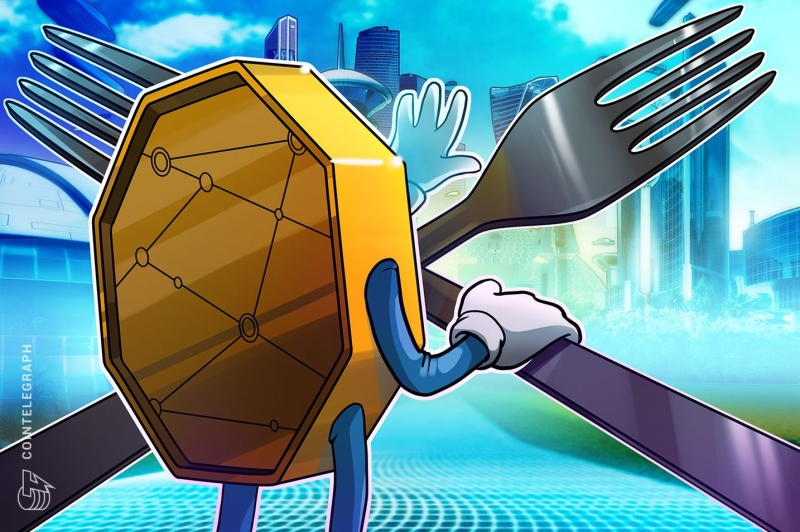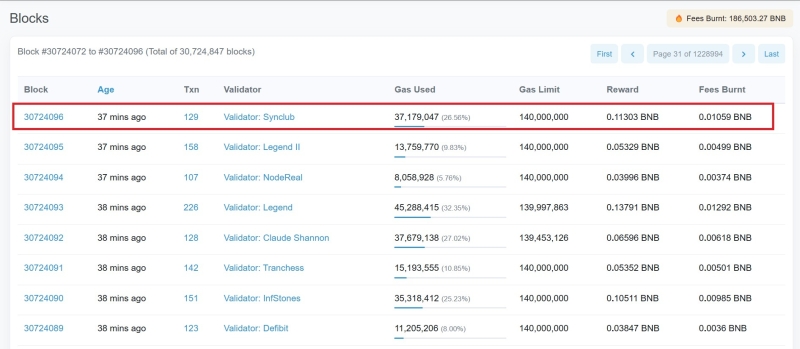Binance’s BNB Chain is set for two upgrades aimed at improving the finality of the network and compatibility with other EVM blockchains.

Binance’s BNB Chain is set to undergo two hard forks in August 2023 to reduce the possibility of a malicious blockchain reorganization and increase compatibility with other Ethereum Virtual Machine (EVM) blockchain networks.
The Plato and Hertz upgrades are scheduled for Aug. 10 and Aug. 30, respectively, following extensive testing. The Plato upgrade, which has already taken place, introduces BEP-126. The latest evolution proposal implements a fast finality mechanism that is expected to rule out the ability for blocks to be reverted.

Arno Bauer, senior solution architect at BNB Chain, unpacked the specifics of the network upgrades in an interview with Cointelegraph. The fast finality mechanism is expected to reduce the chance of chain reorganization and stabilize block production while allowing users to access accurate information from the latest finalized block instantly. Bauer said:
“Overall, BEP-126 aims to enhance blockchain security and efficiency on the BNB Smart Chain by introducing a fast finality mechanism.”
Bauer added that finality is a core concept of blockchain technology, referring to the point at which a transaction or block of transactions can no longer be altered or reversed. Finality remains crucial in maintaining trust and preventing double-spending in blockchain systems.
BEP-126 introduces fast finality through a series of steps. Validators begin by proposing a block to the network, which is propagated to other validators. Validators then sign for the block using their private key, creating a vote message. Voting aggregation then occurs, with validator votes gathered into a pool and aggregated if the direct parent block has enough votes.
Validators must follow specific rules when voting for blocks, such as not publishing two distinct votes for the same height. The finality rules also determine that a block is “justified” if there’s an attestation in the child block’s header, and it is finalized if both the block and its direct child are justified.
The fork, including the highest justified block, is considered the longest chain, even if other chain forks have a higher difficulty sum. Producing blocks and finalizing blocks also have different requirements in terms of the number of validators needed.
Lastly, BNB Chain validators are rewarded for voting, with those who violate the vote rules being slashed, similar to Ethereum’s proof-of-stake protocol.
The Hertz hard fork is earmarked for Aug. 30 and is aimed at keeping the BNB Chain up to date with the latest development of EVM blockchains. As Bauer explains, the BNB Chain needs to keep its block and transaction structures, as well as its base EVM, updated to match Ethereum’s recently implemented Berlin and London forks.
“Therefore, for compatibility reasons, it is important that those EIPs are also enabled on BSC to ensure a smooth development and ecosystem growth.”
Bauer said that the fast finality mechanism should provide a more secure environment for decentralized applications (DApps), while speedier transaction finality should improve the responsiveness and efficiency of DApps running on the BNB Chain.

